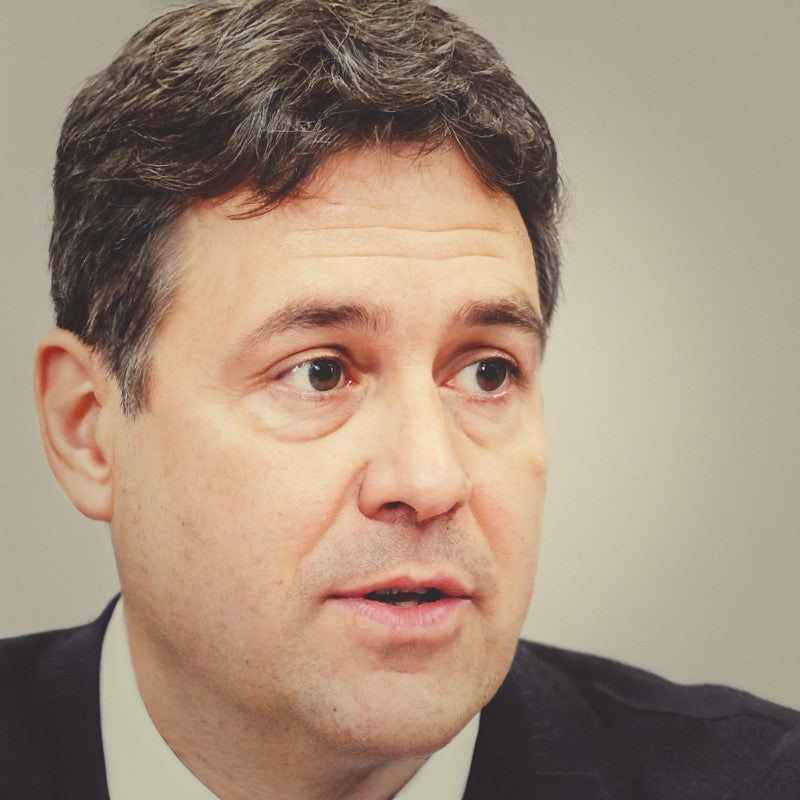We’re glad you’ve stopped by to learn about acing your Civil Service interview for the Grade 6 level, focusing on the Working Together behavior.
This article is designed to guide you through understanding the importance of this behavior and how to approach interview questions confidently.
Whether you're gearing up for your first Grade 6 interview or refining your strategy, this guide has you covered. Let's dive in!
What is Working Together?
Working Together is all about collaboration and teamwork. At the Grade 6 level, this behavior emphasizes your ability to lead across teams, foster partnerships, and ensure the team delivers results. You’ll need to show that you can effectively work with different teams, departments, and external partners to achieve shared goals.
⚖️ At the Grade 6 level, this behavior includes:
- Influencing and leading cross-functional teams
- Developing strategic relationships both within and outside the organization
- Handling conflicting priorities and perspectives to build consensus
🧩 How it differs from lower grades:
While in earlier grades, Working Together might focus more on personal collaboration and supporting your team, at Grade 6, it's about taking charge of larger, more complex collaborations. You’re expected to build stronger networks, manage more significant projects, and influence decisions across departments.
How to Answer Using the B-STAR Method
To structure your answers effectively, use the B-STAR method. Here’s how to break it down:
- B = Belief: What principles or beliefs guide your approach to collaboration? This sets the context for your actions.
- S = Situation: Briefly explain the background of a scenario where you demonstrated Working Together.
- T = Task: Describe the role or responsibility you took on in that situation.
- A = Action: Detail the steps you took to collaborate, overcome challenges, and bring the team together.
- R = Result: What was the outcome of your collaboration? Focus on positive results or lessons learned.
Common Interview Questions for Working Together
🗣️ "Can you give an example of a time when you had to collaborate with another department to achieve a goal?"
🗣️ "Describe a situation where you had to lead a team with conflicting priorities. How did you ensure successful collaboration?"
🗣️ "How do you build and maintain relationships with external stakeholders?"
🗣️ "Tell me about a time when you faced challenges while working together with a team. How did you overcome them?"
🗣️ "See more... Click here
What Interviewers Are Looking For
Interviewers are keen to see how you demonstrate leadership in a collaborative setting. They want to know that you can:
🤝 Build Relationships: You should show that you’re capable of establishing strong, positive working relationships, both within your team and across departments.
🌐 Influence Without Authority: Highlight how you’ve been able to persuade or motivate others, even if you didn’t have direct authority over them.
🛠️ Problem-Solving in Teams: Interviewers will be looking for evidence that you can resolve conflicts, deal with differing opinions, and keep the team focused on the end goal.
Let’s break down what they’re expecting from specific questions:
-
"Can you give an example of a time when you had to collaborate with another department?"
What they want to see: Your ability to work cross-functionally, communicate clearly, and bring different teams together to achieve a common goal. -
"Describe a situation where you had to lead a team with conflicting priorities."
What they want to see: How you handle team dynamics, resolve conflicts, and ensure that everyone is aligned to meet the desired outcome. -
"How do you build and maintain relationships with external stakeholders?"
What they want to see: Your approach to relationship management, building trust, and maintaining long-term partnerships.
Ideas for Scenarios
If you're unsure what scenarios to use, consider these real-life examples for inspiration:
🚧 Managing a project with multiple departments: Talk about a project where you needed input from several departments, and you were responsible for ensuring everyone was aligned and working together efficiently.
📊 Collaborating with external partners: Discuss how you worked with an external organization to achieve a shared objective, highlighting any challenges and how you addressed them.
🛑 Handling conflicting priorities across teams: Describe a situation where team members had differing priorities and how you facilitated a productive discussion to align everyone's goals.
Common Mistakes to Avoid
😰 Vague Answers: Don't be too general. Be specific about your role, the challenges you faced, and the steps you took to overcome them.
⛔ Focusing Only on Yourself: Remember, this behavior is about working together. Avoid focusing solely on your individual achievements—highlight the team effort.
📉 Ignoring the Result: Always include the outcome. If your actions didn't lead to the desired outcome, focus on what you learned and how you improved.
📅 Outdated Examples: Try not to use examples that are too old. Ideally, your scenarios should be recent to demonstrate your current capabilities.
Key Takeaways
💡 At the Grade 6 level, Working Together is about leading collaborative efforts across departments and with external partners.
💡 You need to demonstrate influence, leadership, and an ability to resolve conflicts for the team’s success.
💡 Structured answers using the B-STAR method will help you effectively communicate your experience and capabilities.
💡 Avoid vague answers, always focus on team effort, and ensure your examples are recent.
Good luck! You’ve got this! 😎


